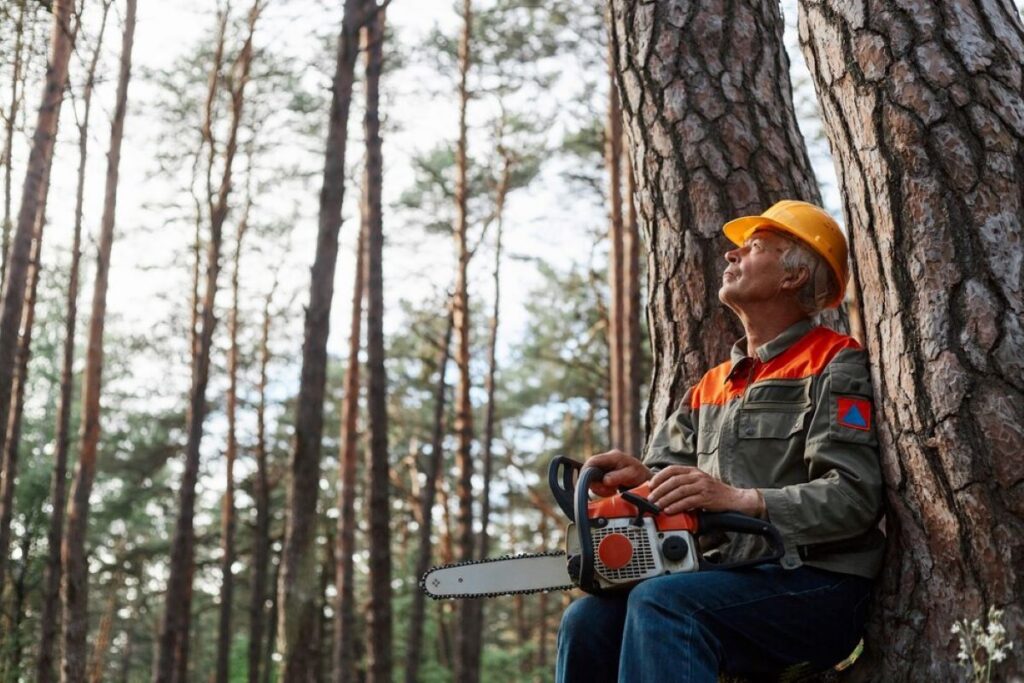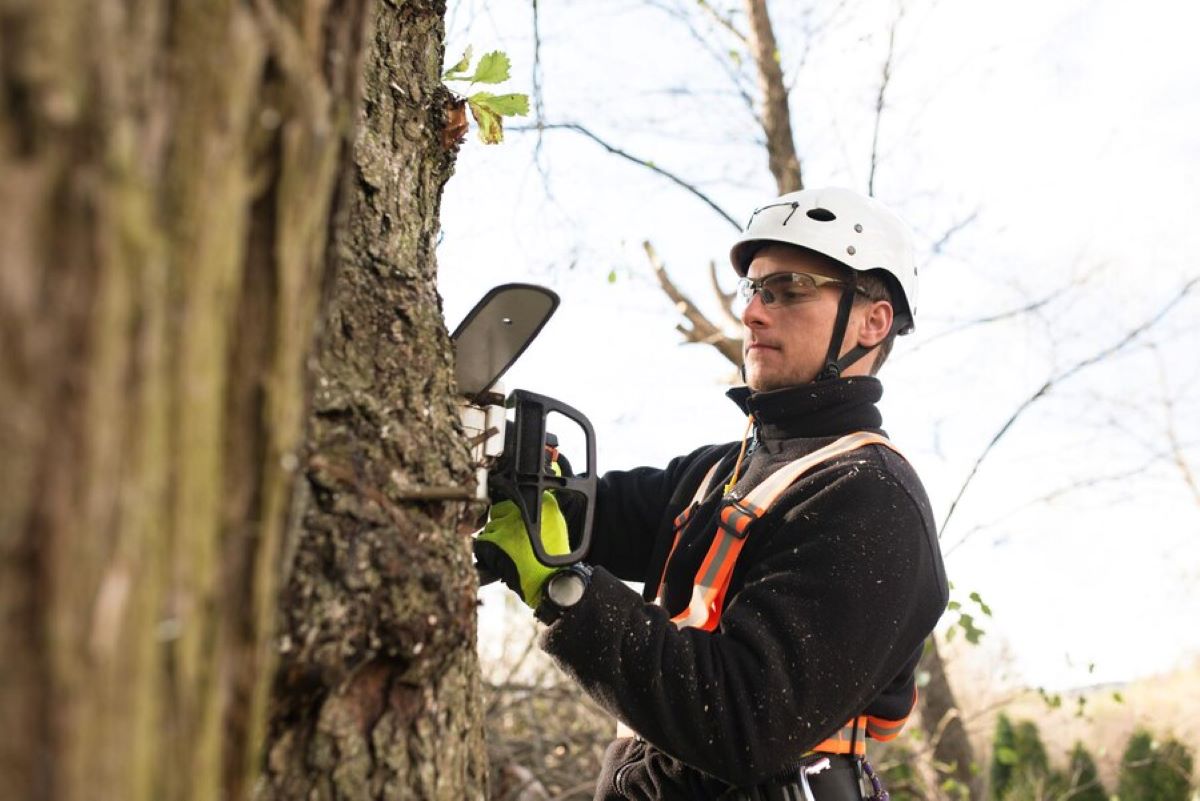Introduction
Trees bring life, beauty, and shade to our homes and landscapes. They improve air quality, reduce soil erosion, and provide habitats for wildlife. However, there are times when tree removal becomes necessary. A diseased, dead, storm-damaged, or hazardous tree can threaten your property, safety, or ongoing construction projects. While removing a tree may seem simple, it’s a task that demands careful planning, proper equipment, and professional expertise. Safety must always be the top priority.
Understanding the Risks of DIY Tree Removal
Attempting tree removal without experience can be extremely dangerous. Here are common hazards homeowners face:
- Falling Branches and Limbs: Even a small miscalculation can result in serious injury or death. Heavy limbs can fall unpredictably, damaging people, pets, or property.
- Power Lines and Utilities: Trees near electrical wires pose significant electrocution risks. Contact with live lines can be fatal.
- Property Damage: Incorrectly felling a tree can destroy homes, vehicles, fences, or landscaping.
- Equipment Accidents: Chainsaws, ropes, and pulleys are essential tools, but misuse can result in severe injuries.
While DIY removal might save money upfront, it often leads to higher costs due to accidents, damage, or failed attempts.
Why Professional Tree Removal Services Are Essential
Professional tree removal services offer expertise, safety, and efficiency that DIY efforts cannot match:
- Expert Assessment: Certified arborists evaluate tree health, stability, and risk factors before any work begins.
- Proper Equipment: Professionals use cranes, rigging, chainsaws, and other tools designed for large or hazardous trees.
- Safety Protocols: Trained crews follow strict safety measures to protect themselves, property, and the surrounding environment.
- Efficient Execution: Experienced teams complete the job faster and cleaner than most DIY efforts, minimizing disruptions.
Hiring professionals reduces risks, prevents property damage, and ensures eco-friendly and efficient tree removal.
The Process of Professional Tree Removal
Professional tree removal follows a systematic process:
- Inspection and Assessment: Arborists analyze the tree’s condition, nearby structures, and potential hazards.
- Planning and Preparation: Safety zones, protective gear, and specialized equipment are set up.
- Tree Removal: Using precision cutting and rigging techniques, the tree is removed safely, often in sections for large trees.
- Stump Grinding and Cleanup: Remaining stumps are ground, debris is cleared, and branches may be chipped for mulch or disposal.
- Optional Landscaping: Some services provide replanting options or advice to restore the aesthetic and ecological balance of your property.
This structured approach ensures safety, efficiency, and minimal property disruption.
Environmental Responsibility in Tree Removal
Sustainable practices are an essential part of professional tree removal:
- Eco-Friendly Disposal: Wood and branches are often recycled, chipped, or composted instead of sent to landfills.
- Replanting Solutions: Arborists may recommend replacement trees to maintain biodiversity and ecological balance.
- Protecting Surrounding Plants: Professionals take care not to damage neighboring trees, gardens, or lawns.
Responsible tree removal helps preserve the environment while keeping your property safe.
Cost vs. Value: Why Hiring Experts Saves Money Long-Term
Although hiring a professional may seem expensive initially, it offers long-term savings:

- Avoids Property Damage: Prevents costly repairs to homes, fences, and landscaping.
- Reduces Injury Risk: Minimizes medical expenses from potential accidents.
- Saves Time: Professionals remove trees quickly, reducing disruption.
- Insurance Protection: Certified arborists carry insurance, shielding homeowners from liability.
Professional services offer the best value by combining safety, efficiency, and environmental responsibility.
Choosing the Right Tree Removal Company
Selecting a reliable tree removal service involves careful consideration:
- Certification and Experience: Look for licensed arborists with a proven track record.
- Insurance Coverage: Ensure they have liability and workers’ compensation coverage.
- Customer Reviews: Positive testimonials reflect reliability and professionalism.
- Transparent Pricing: Get detailed estimates and avoid hidden fees.
- Eco-Conscious Practices: Companies that prioritize environmental responsibility demonstrate integrity and quality.
Choosing the right service guarantees a safe, effective, and eco-friendly tree removal experience.
Conclusion
Tree removal is a task that requires knowledge, precision, and safety precautions. While DIY projects may seem cost-effective, the risks of injury, property damage, and environmental harm are significant. Professional tree removal services provide expertise, safety, and eco-friendly solutions — saving homeowners time, stress, and money. Prioritize safety and hire certified professionals for
FAQS
Professional arborists have the experience, safety gear, and tools to remove trees efficiently and safely. They assess risks, prevent property damage, and handle cleanup — making the entire process secure and stress-free.
Costs vary by tree size, location, and complexity, typically ranging from $300 to $1,500. DIY attempts may seem cheaper but can lead to property damage, injuries, and higher long-term expenses.
While late winter and early spring are ideal, professionals can remove trees safely any season, including storm-damaged or hazardous trees, using specialized equipment and techniques.
Professionals usually perform stump grinding, debris cleanup, and eco-friendly disposal. Some services offer replanting or landscaping advice to restore the property’s aesthetic and ecological balance.


Comments are closed